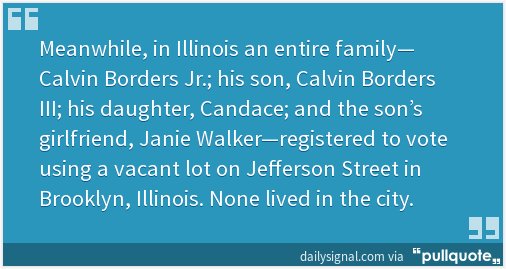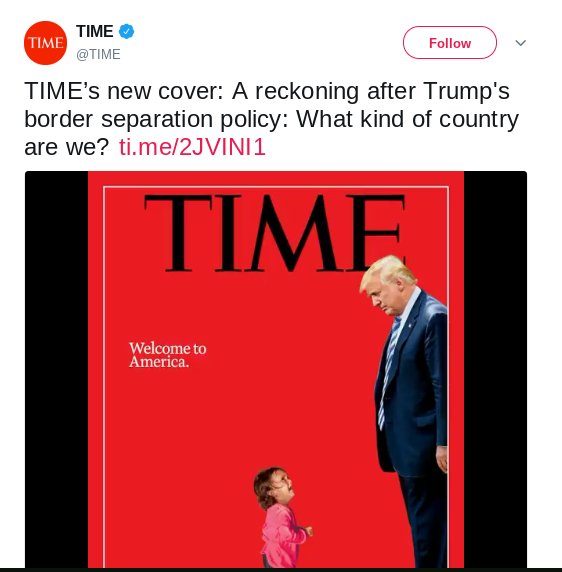On a balmy Bombay afternoon, the waves lapping against the hull of the INNS Talwar echoed in the deserted alleyway inside. Radio Operator First Class Mansoor Khan strode purposefully towards the communication room.
'Come in Karachi.. come in…,’ he hissed into the microphone.
The students listened in hushed silence as Commander D.N. Joshi (Indian Navy, Retd.) narrated his story of 18 February 1946.
‘Come in Bombay... come in...,’ came the reply, ‘this is INNS Hindustan...’
‘Wait...this was before Independence? It should be HMIS, right?’ exclaimed another proudly.
‘What happened the next day?’ the students asked in unison.
MONDAY REMEMBERED
Independence was nowhere in sight.
There was a general atmosphere of restlessness.
At exactly the same time, in Bombay, the Indian ratings of the Royal Indian Navy were expressing their resentment towards English rule.
Shortly, the RIAF revolted in an India Pioneer unit in Calcutta and in various centres at Jabalpur.7
HMIS Talwar became INNS Talwar.
Soon the whole city came to a standstill as the civilian population showed its support with1+
consisting of three Cabinet ministers to seek, in association with the viceroy.’11
This mission was to work out the details of India’s independence.
However, the leaders of this ‘violent’ movement were going to need more convincing.
Jawaharlal Nehru quickly declared himself, ‘impressed by the necessity for curbing the wild outburst of violence.’14
Muslim League’s Jinnah echoed the Congress’ sentiments and asked the navy to return to their ships and lay down their arms.
Will their actions be simply remembered as a ‘thoughtless orgy of violence’?
Despite some hiccups that ensued in the coming months, the English were finally removed from India the following year.
amazon.in/Tatya-Topes-Op…







